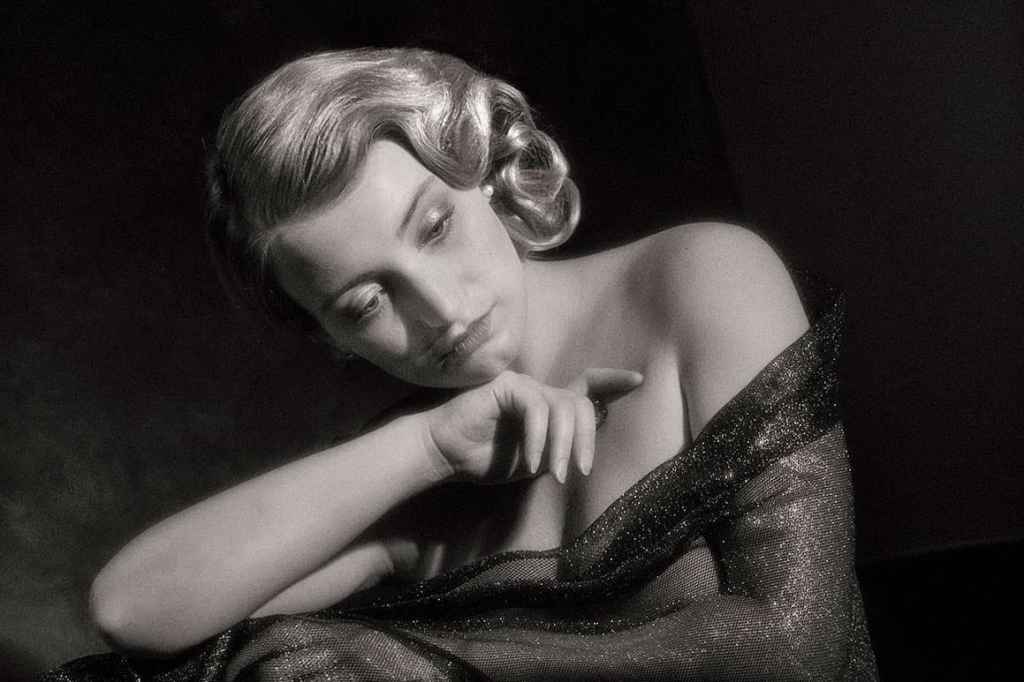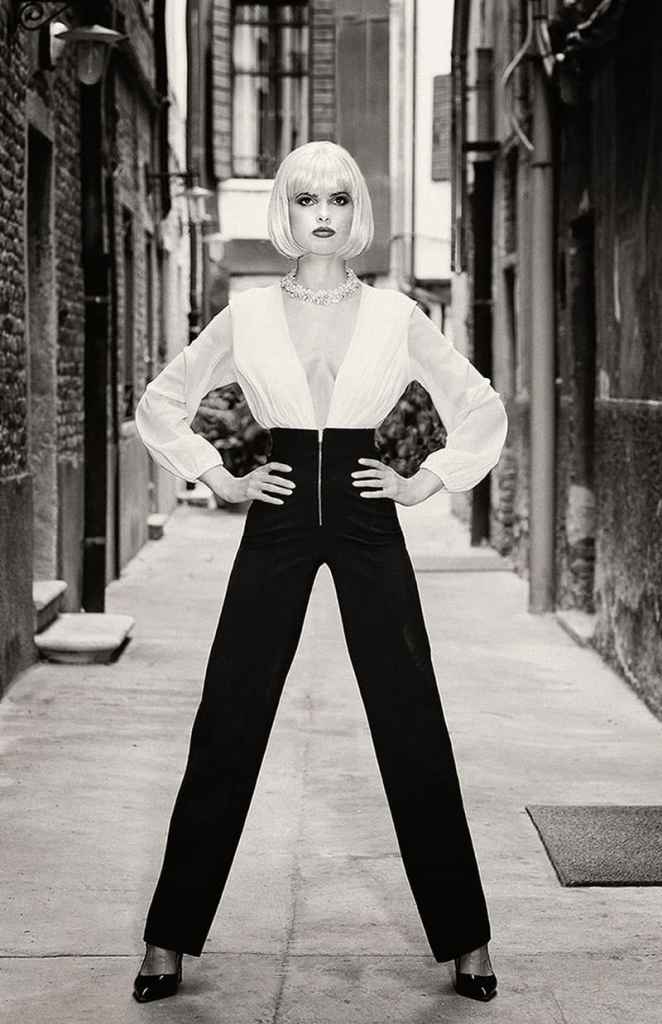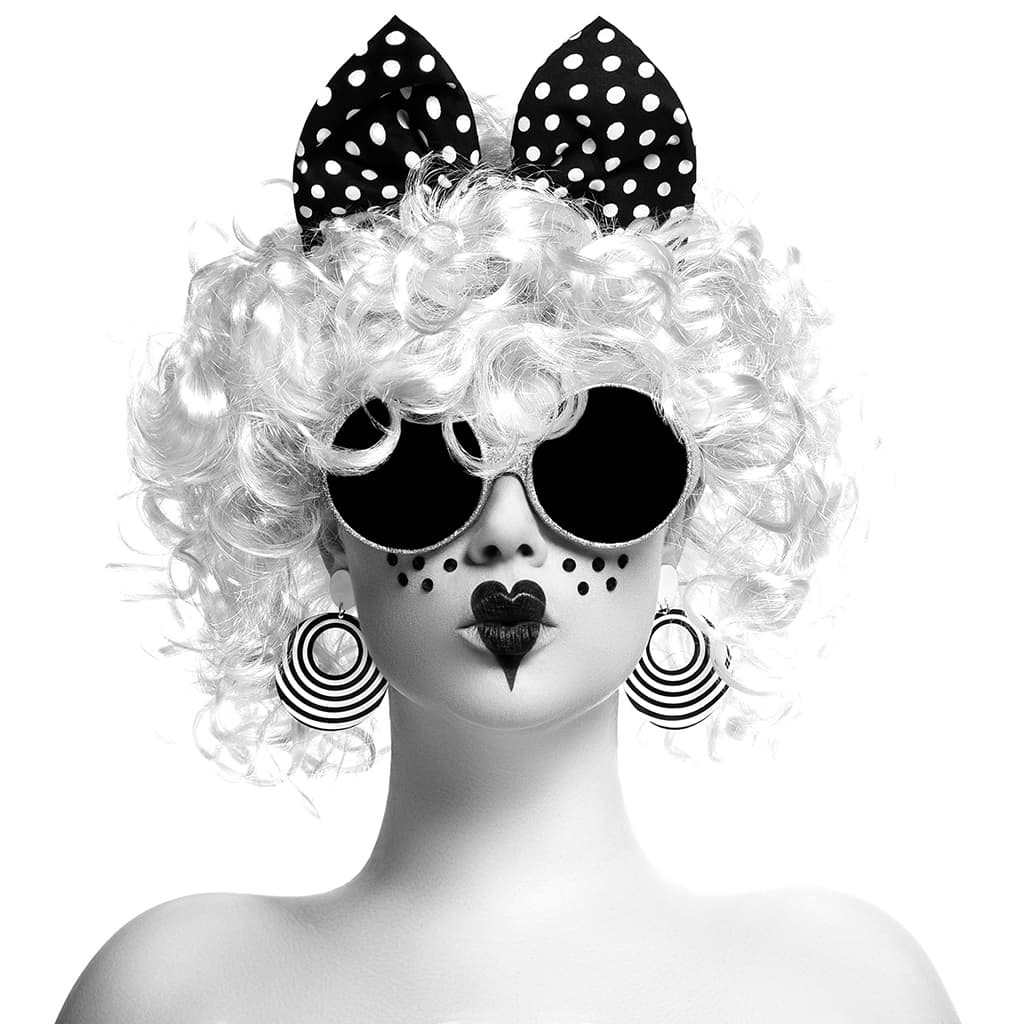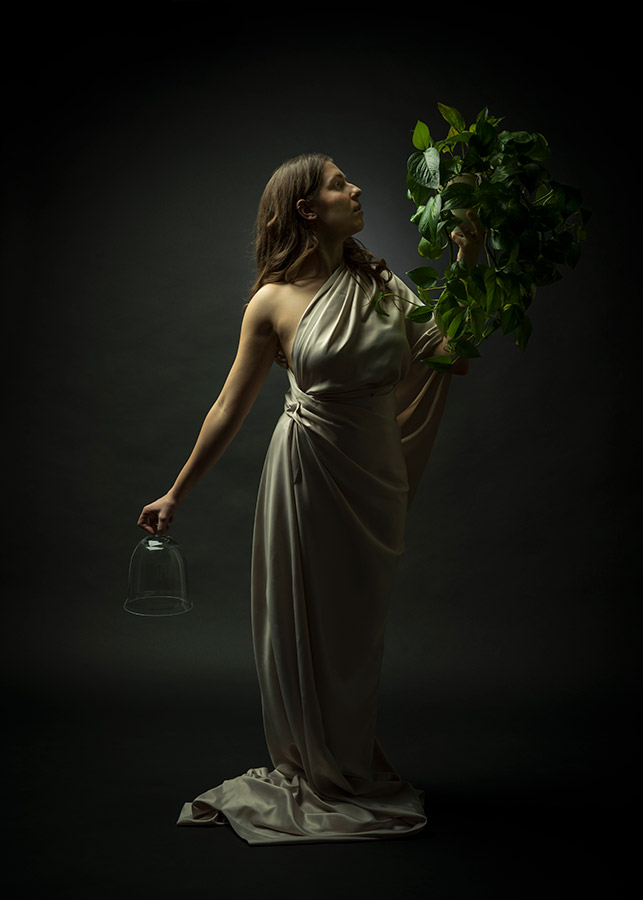Fine art photography is the art of capturing and presenting an artistic vision, which is beyond what the lens can see. It is a creative process carried out with intent and meaning, to evince emotion and provoke thought. Fine art portraits are more than just standard headshots or documentary shots; they are deliberate creations full of individual expression.
Trevor and Faye Yerbury, top fine art photographers, share their expert advise on how to get started with fine art photography.
Tips for fine art portrait photography
Define your idea
What do you want your portraits to be about – to present an emotion, mood, or feeling? Consider what your portraits will represent, and know your subject well. Research the themes and take a look at the work of other artists. Do not restrict yourself to photography only: painting, sculpture and literature can serve as inspiration or present an idea. Think about how colours, or the absence of them, can enhance your message.
Create a mood board and gather your inspirations. Also try sketching out your composition or posing to aid you during your shoot.
Find out more about what fine art photography is and how to find ideas or concepts for your fine art project.
Check model references
Trevor and Faye Yerbury say, “Models can be found online via various model pages, but check their references for reliability and punctuality so you will not be disappointed on the day of the shoot. Models, whether male or female, should be made to feel comfortable and relaxed in your company. If you are a male photographer, having a wife, partner, or hair/make-up artist on the shoot is helpful.”

You should also consider whether you need just one person to model, or two or more to put across your ideas.
Get to know your model
“Spend some time with your subject and find out why he/she wants the portrait taken. This knowledge will allow you to generate ideas. As a portrait photographer, you get to spend time with people you have never met, and this can be an invaluable educational experience.”
Likewise, if you are working with two or more models, allowing them to spend time getting to know each other as well as you, will help them feel more comfortable before the shoot.
Natasha J Bella shares her dos and don’ts of working with models here.
Lighting for fine art portrait photography
Lighting can be kept simple; or try using it to manipulate the image to create harsh contrasts, for example.

“In our studio, we work mainly with one large softbox and a gold reflector, or a beauty dish and reflector. These simple setups provide great starting points and allow us to concentrate on our subjects. On location, we work exclusively with natural light.”
Use a bespoke background
The background of a photograph will influence the look of a photograph. Simple, solid colour backgrounds can help emphasise a person’s features. Black is a popular colour to create an illusion of depth, but also try other neutral colours or backgrounds with texture and patterns. What you decide to use should be influenced by the concept behind your photography to assert the message.
This still applies when working on location, outside of a studio! The key thing here is try to avoid distractions.
Trevor and Faye said, “For studio work we commission our own backgrounds. We design each of them ourselves. We have never understood the point of having a background that several other people might own. On location we look for several things in a background: texture, solidity, distressed architecture, sand, or anything else that we can place a figure in front of. Our standards are high, though, so many are found but few are used.”
Consider clothing, hair, make-up and props
As with your background, consider the ‘look’ of the model. From their clothing and make-up through to props, poses and expressions – these are factors that can make or break the narrative you are trying to put across. Use make-up and clothing to inspire your viewer to weave a story of the character you are creating.

Get creative with different techniques
Experiment with different creative techniques, such as intentional camera movement, multiple exposure, digital manipulation and bokeh.
Create a portfolio
Before creating your photos, consider if they will work alone, or as part of a series. Once you have your images compile them into a portfolio that you can share online or to others in person.
Tracy Calder also shares her guide to creating a successful portfolio here. For tips on how to make the best of your online portfolio, have a look at our selection of the best website builder for photographers and our tips on how to use social media as a photographer
Don’t overdo it
Consider how you edit your image in post-production, whether the image is in colour, black and white, sepia and so on. But don’t overdo it, as Trevor and Faye warn, ‘We see plenty of images where the post-production has been overdone. Often skin has been softened so much that it has no texture left and can look like plastic. Too much sharpening is also a common mistake, leaving a white line around the blacks in an image.’
Check out our picks of the best photo editing software in 2024 and if you’re shooting your fine art portraits on your smartphone, have a look at our guide to editing your photos with Snapseed.
Fine art self-portraits
What is self-portrait photography?
In self-portrait photography, you are both the photographer and the subject of the photo. There’s a reason why it is such a popular genre. Fine art self-portraits allow photographers to try new things, take some time for self-reflection and express their personality.
What is the difference between a self-portrait and a selfie?
Many people take selfies, but a self-portrait generally goes beyond just documenting a moment and is crafted with more care and intent. There is more focus on the artistic vision behind it and how that is used to tell a story.
What do you need to take an artistic self-portrait?
- Concept: Think about what the idea behind this self-portrait is; what do you wish to highlight about yourself?
- Equipment: All you need these days is to set up your smartphone with a self-timer. Digital cameras (including Y2K cameras) and film cameras work as well, especially when trying to achieve a certain look. A tripod will be a useful addition. As well as keep your camera stabilized, it frees you up to get the focus right and compose your shot exactly as you want it.
- Props: Your choice of props can be a great way to express the artistic vision behind your self-portrait.
Looking for more inspiration? See some examples of fine art portraits here:
Barbara Farkas: highlighting environmental issues through self-portraiture

Pauline Petit’s surreal portraits

Alicia Vera photo story: On loss and coping with mother’s Alzheimer’s diagnosis

Aliz Kovacs-Zoldi: how plant collecting became my photo project

- Falmouth students share diverse techniques in Gweles exhibition
- UWE students share first exhibition post-pandemic
- Westminster graduates demonstrate resilience in degree show
- AP readers’ share their powerful portrait project

Fine Art and Portrait Competitions
There are a number of competitions you can enter to share your fine art portraits:
- Taylor Wessing Photographic Portrait Prize
- Fine Art Photography Awards
- EISA Maestro Photo Contest
- Lens Culture Art Photography Awards
Look up more competitions here.
Trevor and Faye Yerbury
Trevor and Faye Yerbury have won awards for portraiture, classical nudes, wedding and avant-garde work. Faye uses a Fujifilm X-T1 with 16mm-55m and 56mm prime lenses. Trevor also enjoys shooting film with a Hasselblad and 150mm lens. www.yerburystudio.com.
See more advice for portrait photography below:
- Beginners guide to Portrait photography – How to get started
- How to take amazing portraits on a smartphone
- Top tips for black and white portrait photography
- Best portrait photography advice from the pros
- Fine art nude photography tips from professionals







